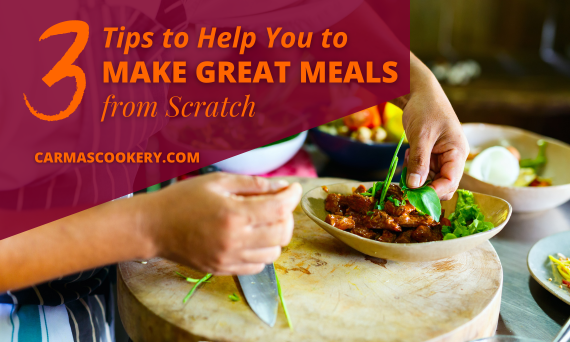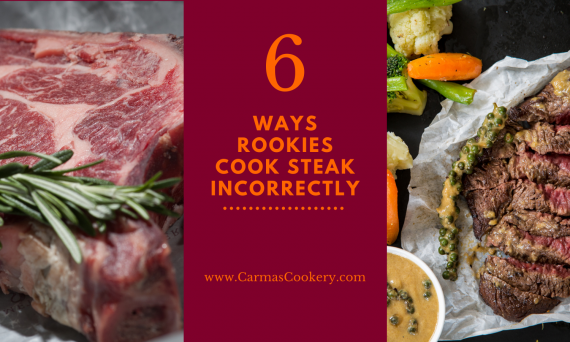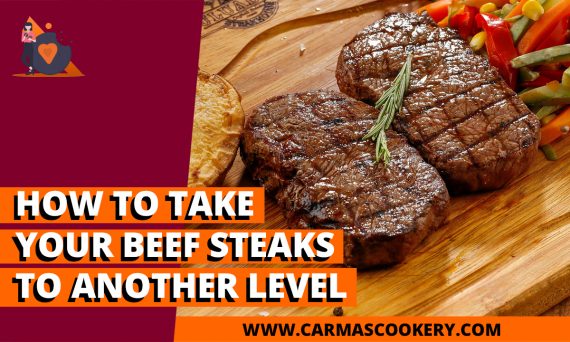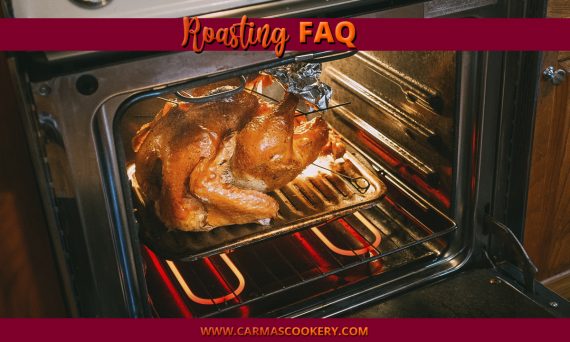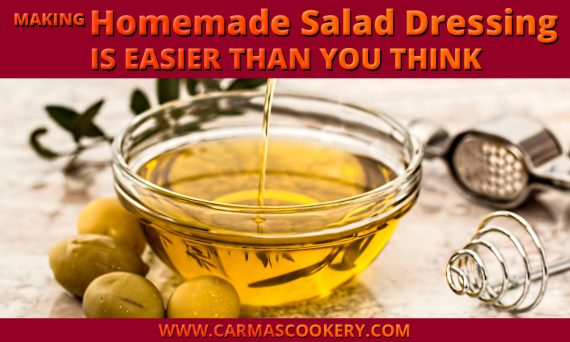3 Tips to Help You to Make Great Meals from Scratch
If you want to start making fantastic meals from scratch, you are not alone. So many people want to start cooking from home but if you are not an experienced cook, then you may have no idea where to start. This is completely normal but […]


